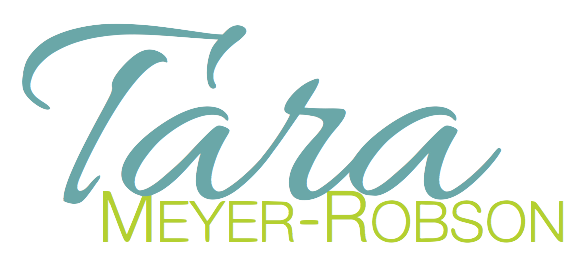Welcome, Science of Consciousness Attendees!
Thank you for your interest in The Flow Method; I look forward to hearing your thoughts! I welcome collaborations; please feel free to contact me using the form below.
Poster:
Abstract:
Vibrational Creation of Reality: a Holographic Mind Model Explaining an Individual’s Selection of Life Experiences, Repetitive Behaviors and Patterns, and the Manifestation of Physical Ailments
T. Meyer-Robson
For highly observational people, it’s clear that there is a connection between the kinds of beliefs we hold, the kinds of life experiences we choose, the types of repetitive behaviors we employ, and the specific ailments we manifest. But what is the connection? Building on a holographic model of the mind and universe, this paper presents a new model for the interaction of unconscious beliefs in the creation of all aspects of an individual’s life, and explores the mind and body as a holographic prism which sorts experiences, thoughts, beliefs, and physical ailments into seven distinct frequency bands. By identifying the frequency band which is programmed with problematic unconscious beliefs (something I call a “preset” [1]), an individual can shift the reality they choose in extremely significant, specific ways. In order to facilitate this process effectively, the core of this paper showcases the diagnostic assessment developed as part of this research. The diagnostic assessment, called the Flow Factor Test (FFT), pinpoints the specific preset mental frequencies which are causing the creation of undesirable outcomes in an individual’s life and outlines a distinct process for the retuning of that frequency into one that allows for the creation of desirable outcomes. The working frequency bands are defined as following: (1) the Commanding Influence of Groups (CIG), which deals with all issues related to how the individual engages with the groups in life, from family to co-workers to society at large; (2) the Energy of Individual Dynamics and Creative Power (EID-CP), dealing with the individual’s one-on-one relationships as well as their creative power, including creating businesses, manifesting income (or lack) or birthing physical children; (3) the Force of Positive Self-Image (FPSI), dealing with the individual’s relationship to the self; (4) the Emotional Connection to Life (ECL), which deals with the individual’s ability to feel and express emotions; (5) the Strength of Positive Communication (SPC), dealing with the individual’s ability to express him- or her-self effectively as well as their ability to take actions in alignment with their goal; (6) the Power of Mental Creativity and Intuition (PMCI), which deals with the individual’s ability to connect with mental intuition and solve problems from a mental perspective; (7) the Energy of a Higher Purpose (EHP), which deals with the individual’s feeling of being connected to consciousness as a whole and to a higher power, however that individual defines that. FFT can also be used as a predictor for the types of life experiences and health issues an individual is likely to experience, if he or she does not retune the underlying preset frequency of unconscious belief. Included in this paper are specific case studies for individuals who have used the model and their outcomes.
Consciousness; mind-body healing; psychology, quantum healing; consciousness and the creation of reality; vibrational healing, affirmations,
The Flow Factor Test:
While many in fields that deal with subconscious beliefs have know quite well that these underlying beliefs have a real impact on a person's life, the problem has been to be able to assess the unconscious presets in a person’s mind in order to allow them to consciously retune every area of their mind, body, and life into a desired positive state. How can you identify things that are unconscious, and are, by their very nature, not consciously known?
To do this, I designed (and, through many case studies, fine-tuned) a diagnostic assessment I call the Flow Factor Test. What this test does is allows people to bypass the conscious mind and get to the unconscious problem frequencies with remarkable specificity.
The test is structured in two parts. In Part 1, it is set up in such a way to allow individuals to, without much conscious thought, respond to their level of agreement to statements in each of the 7 Stations.
In Part 2, it allows the individual to assess any pain, illness, or malfunction in the body parts for each Station.
The combined total creates the individual’s Flow Factor, which is the Stations with the top 3 highest results.
Once the individual has their Flow Factor, they are then directed to workbook sections specific to, first, the top Station.
The central diagnostic assessment of The Flow Method, the Flow Factor Test is a highly effective tool to pinpoint underlying, unconscious beliefs which are causing problems and negative patterns in a person's mind, body, and life.


